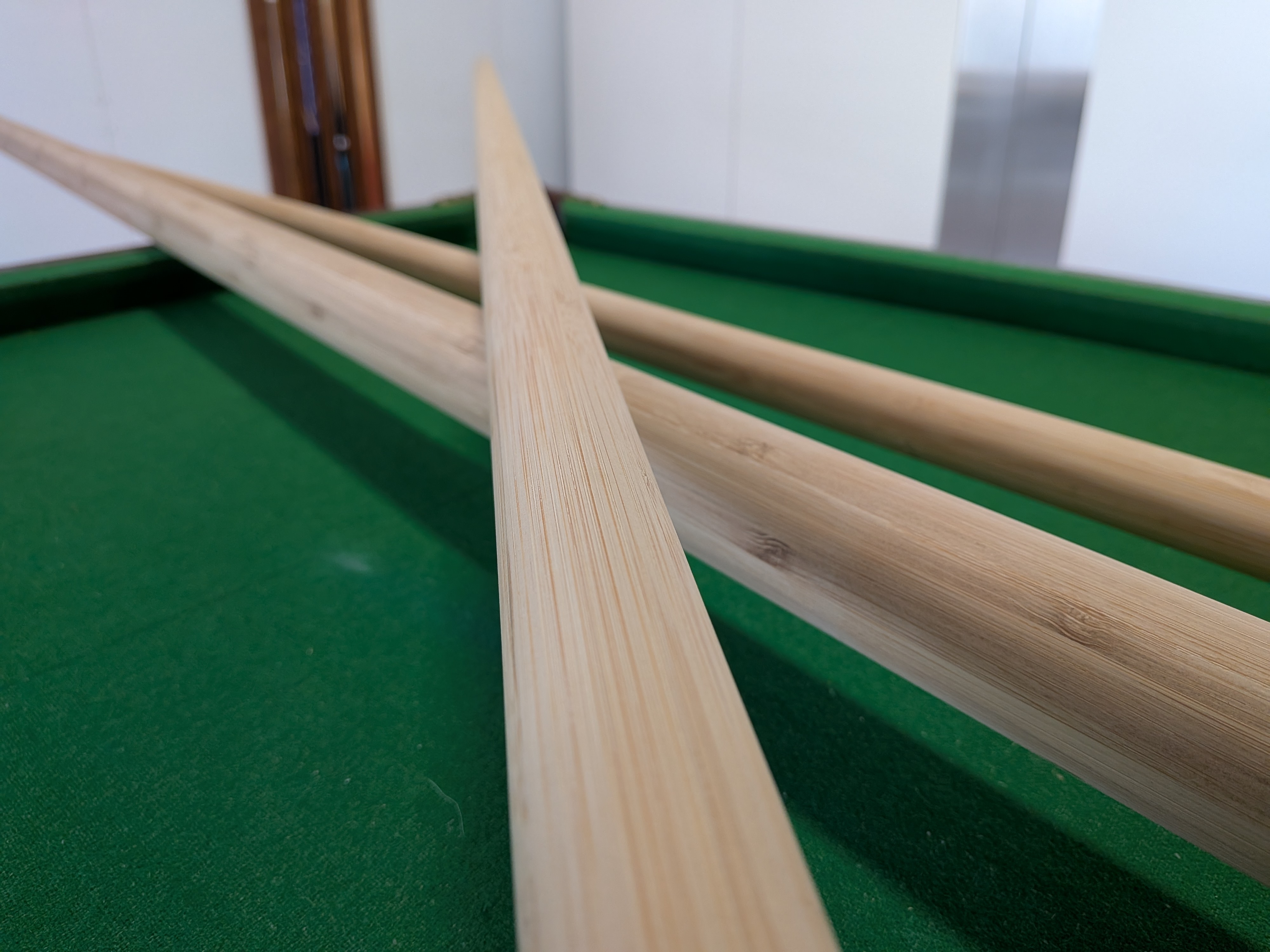The first official project day didn’t come with much actual building time, but it was still an important start. Instead of rushing into fabrication, I focused on setting the stage.
Getting in the Right Mindset
I made a quick drawing for Pieter, cleaned up the office, and got my environment in order. A tidy workspace isn’t just cosmetic — it helps me get into a focused mindset. Alongside that, I started drafting a task list. Having structure from the beginning keeps the project from turning into a pile of half-finished ideas later on.
Exploring Ideas with AI
Part of the day was spent sparring with AI to test possible approaches. This was less about answers and more about opening up new angles. Out of those conversations came a mood board, which now serves as a visual anchor for the project — something I can look at to remind myself of the design language and vibe I’m aiming for.
Choosing the Core Tools
I also locked in the main tools for the project:
- Autodesk Inventor for all 3D CAD modeling — precise, parametric, and structured enough to handle complex assemblies.
- Obsidian for everything else: notes, planning, devlog entries, and overall project documentation. Together, these two form a strong backbone: Inventor for the tangible design work, Obsidian for the knowledge and structure that surrounds it.
Foundation Before Fabrication
Even though no physical parts were created yet, this day mattered. It marked the real beginning of the project and gave me clarity on where to start. Every build needs a strong foundation, and today was about laying down mine.
Reflection
Sometimes the most important progress is invisible. Today wasn’t about making parts — it was about making space.
“A project starts long before the first part is built.”

